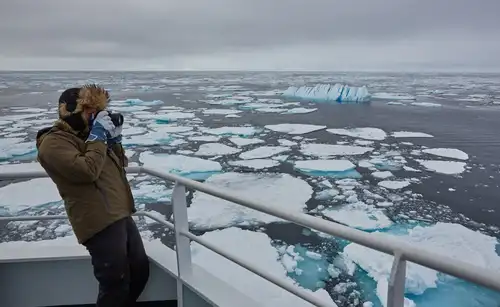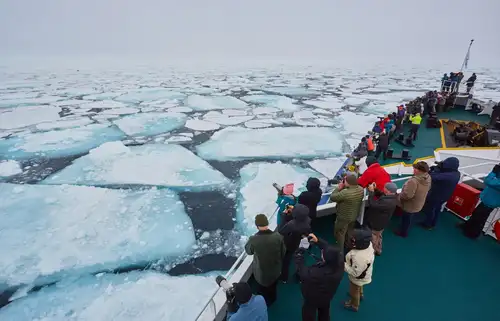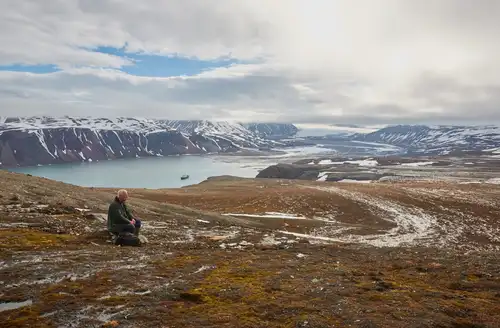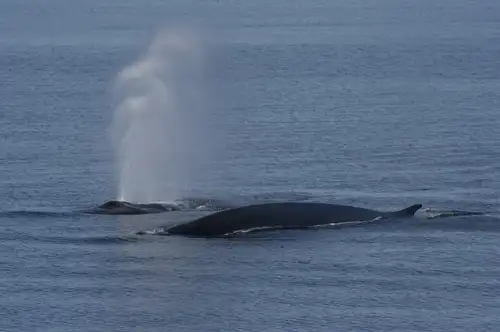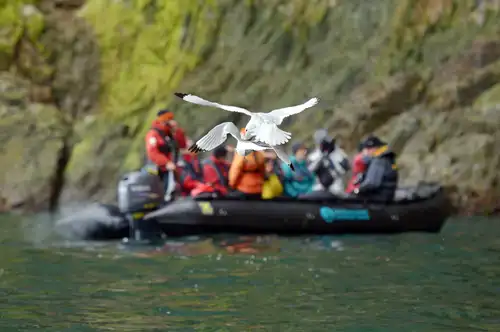For several hours, we had been navigating the pack ice in search of polar bears. Despite numerous binoculars scanning the ice, no bears were visible, and only a few tracks were found. This suggested we might be in an area with fewer bears. Later that morning, we decided to head a few miles east, suspecting a higher bear population there.
Observations of Polar Bear Behavior
A couple of hours later, the pack ice appeared as it should—rough enough to conceal a polar bear despite its large size. Finally, we spotted them: two raw white dots on the ice. They were a pair, seemingly relaxed about our presence as the boat approached.
It seemed like we had woken up in the perfect spot for a polar bear encounter. In the drifting pack ice near Sjuøyane (the Seven Islands, Svalbard), with nearly unlimited visibility, we were in prime polar bear habitat. This type of pack ice is ideal for polar bears because their primary prey, the ringed seal, also thrives here, feeding on Arctic cod beneath the ice. The drifting pack near shores is also home to the bearded seal.
If a seal has been killed, it's common to find multiple bears in the area, attracted by the smell. To our surprise, the two polar bears were feeding on a seal. We identified them as two adult males. Feeding polar bears tend to stick around and surprisingly allow people on a ship to observe and photograph them.
As we approached, a third bear was seen coming from downwind of the kill, heading purposefully upwind. Shortly after, the Captain skillfully maneuvered the ship to a position only a few hundred meters away from the feeding bears without disturbing them. The third bear arrived, approximately the same size as the larger bear of the first pair. This caused the smaller bear to nervously walk away about 35 to 40 meters and stand watching the two larger bears feed.
After about two minutes, the smaller bear apparently decided it was safe to join the feast. The three fed together for an hour or so before the larger of the two original bears moved away a few hundred meters and lay down. It seemed that all three bears were adult males, with two being large full adults and the third a younger adult. Occasionally during the feeding, one of the bears would go to a nearby bit of open water to wash and lick some of the blood off its fur, and the bears would occasionally roll in the snow.
The seal being eaten was a big bearded seal. The bears avoided eating the skin, carefully pulling it aside to reach the fat. A fourth large bear appeared from a distance, attracted by the smell of the dead seal.
One of the bears left the seal and moved a few hundred meters away to rest. By the end of the day, we had seen five polar bears. Four of them provided us with spectacular observations of their natural behavior.
Down for Sleep with a Polar Bear in Mind
Luck was on our side that day during our Arctic cruise on the Ortelius. After such an eventful day, everyone went to sleep with thoughts of polar bears in mind.
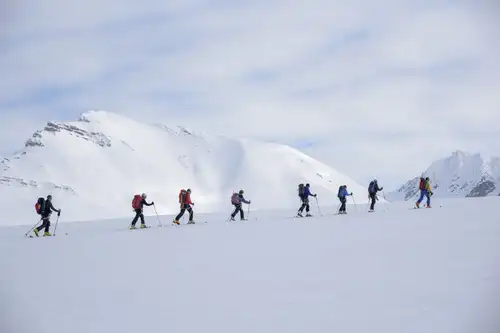

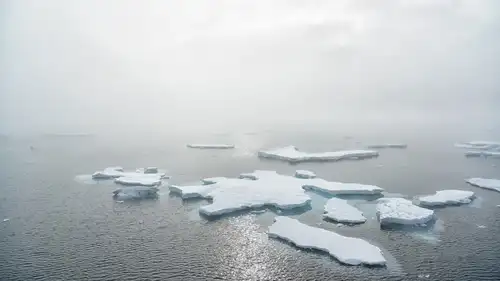

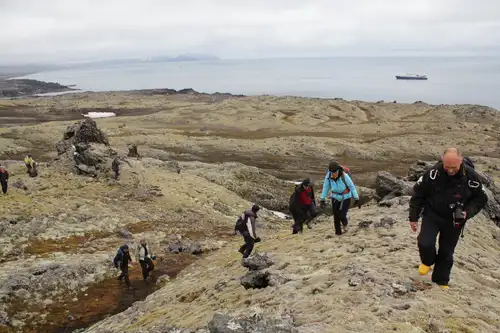
Related Trips
Blog


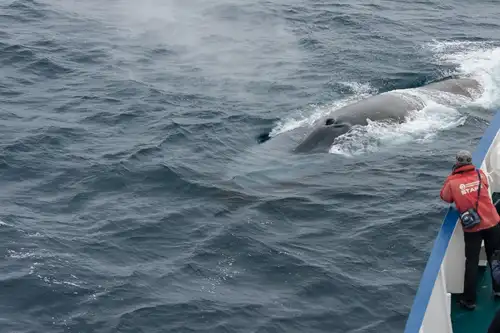
10 Bountiful Blue Whale Facts
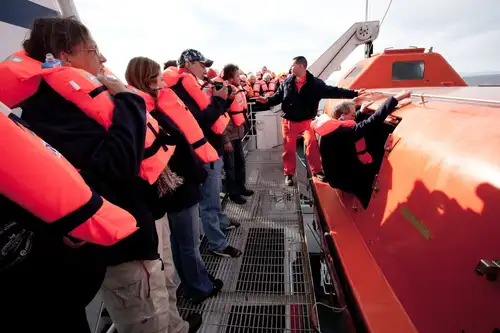
The Evolving Shipboard Eco-traveler
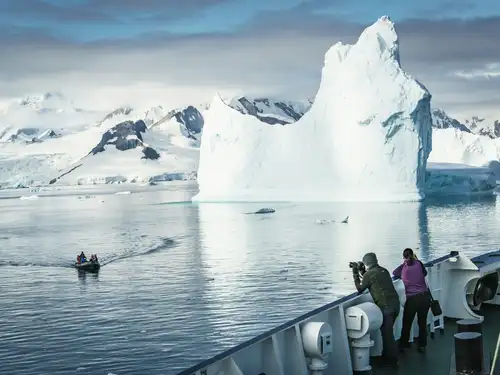
Antarctic Explorer’s Voyage
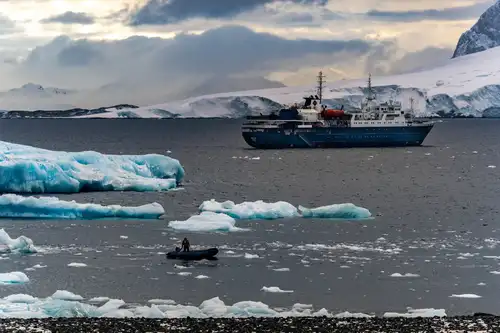
The Seasons of Antarctica: When to Visit and Why
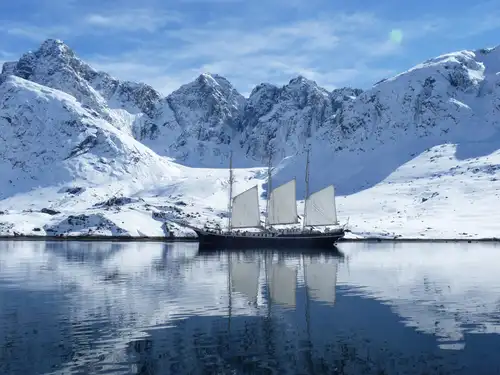
Why You Should Visit Greenland: 11 Things to See, Do, and Explore

Churches in Antarctica
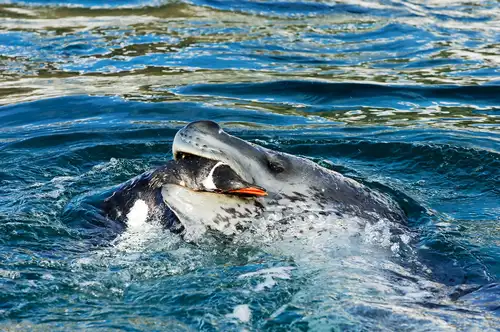
Danger Beneath the Water: 10 Facts About Leopard Seals
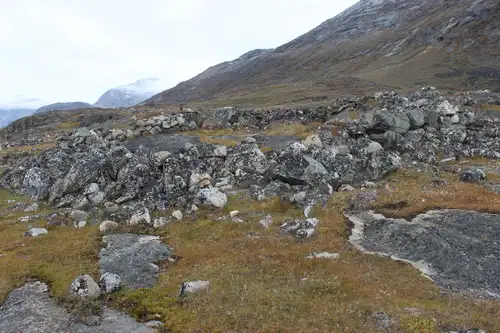
The Norse Settlement of Greenland
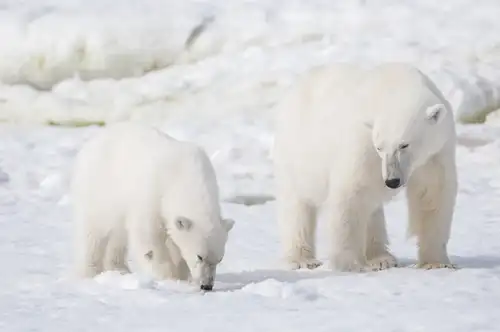
The polar bear: king of the Arctic food chain
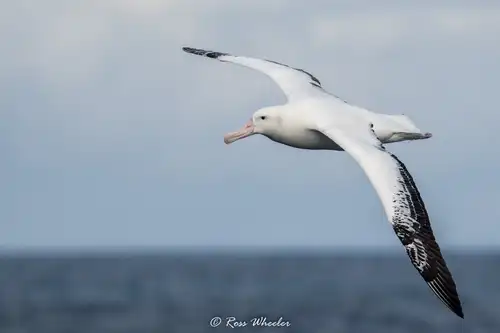
The Eight Albatrosses of Antarctica and the Sub-Antarctic

The Ultimate Traveler’s Guide to the Arctic and Antarctica

Five of History’s Greatest Polar Explorers
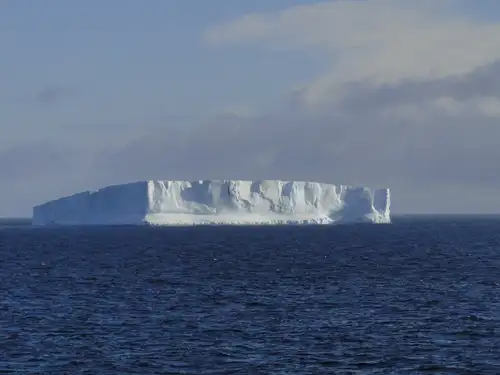
Weddell Sea: the Original Antarctic Adventure

Cheapest Antarctica Cruises: How to Save on Your Journey
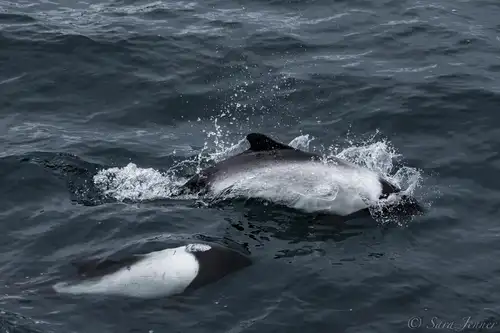
The Small but Social Commerson’s Dolphin

Two for the Snow: Polar Cruises for Couples
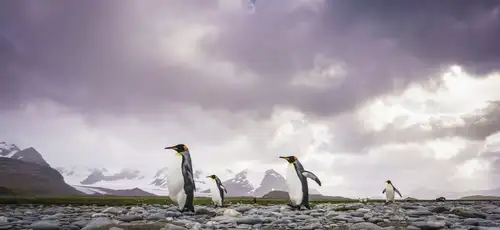
Penguins, Albatrosses, Petrels: The Winged Wildlife of South Georgia
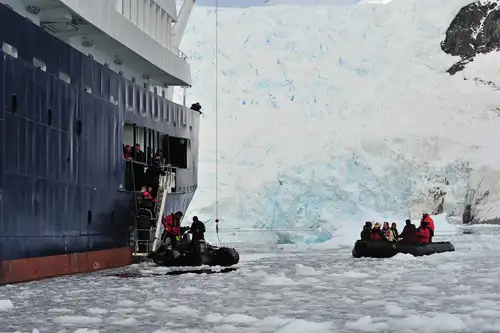
Seven Sublime Antarctic Bays
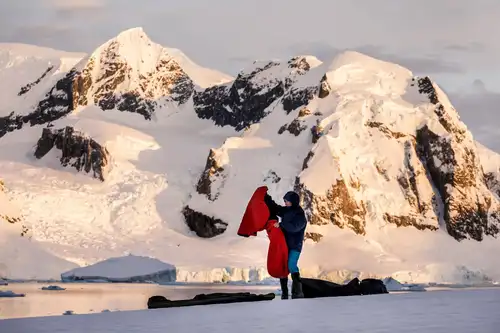
Camping in Antarctica: a True Expedition Experience
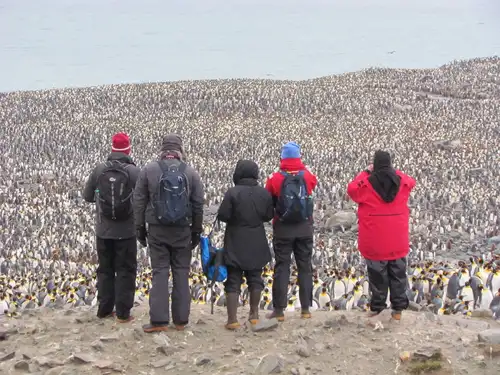



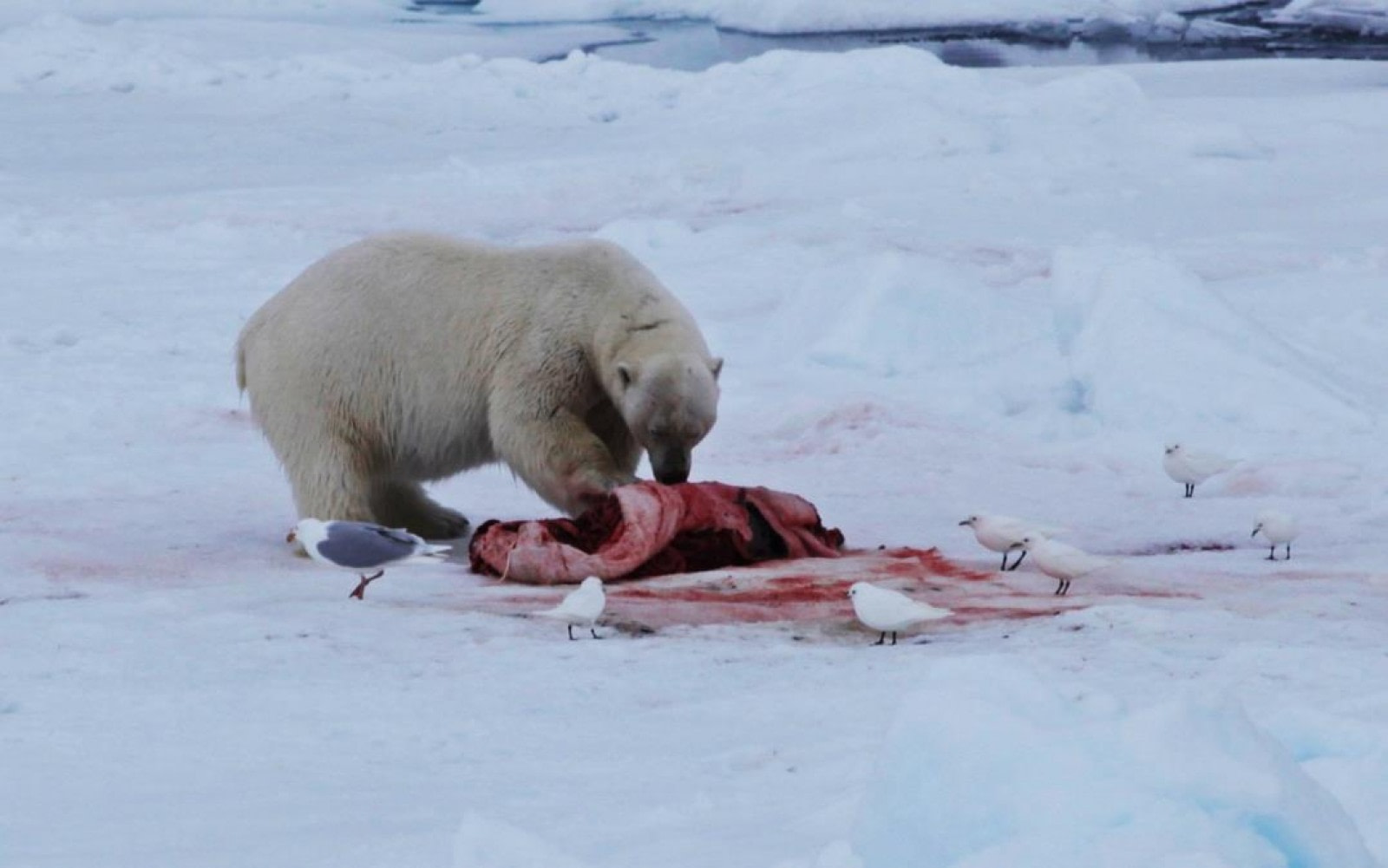

 8 Days / 7 Nights
8 Days / 7 Nights
